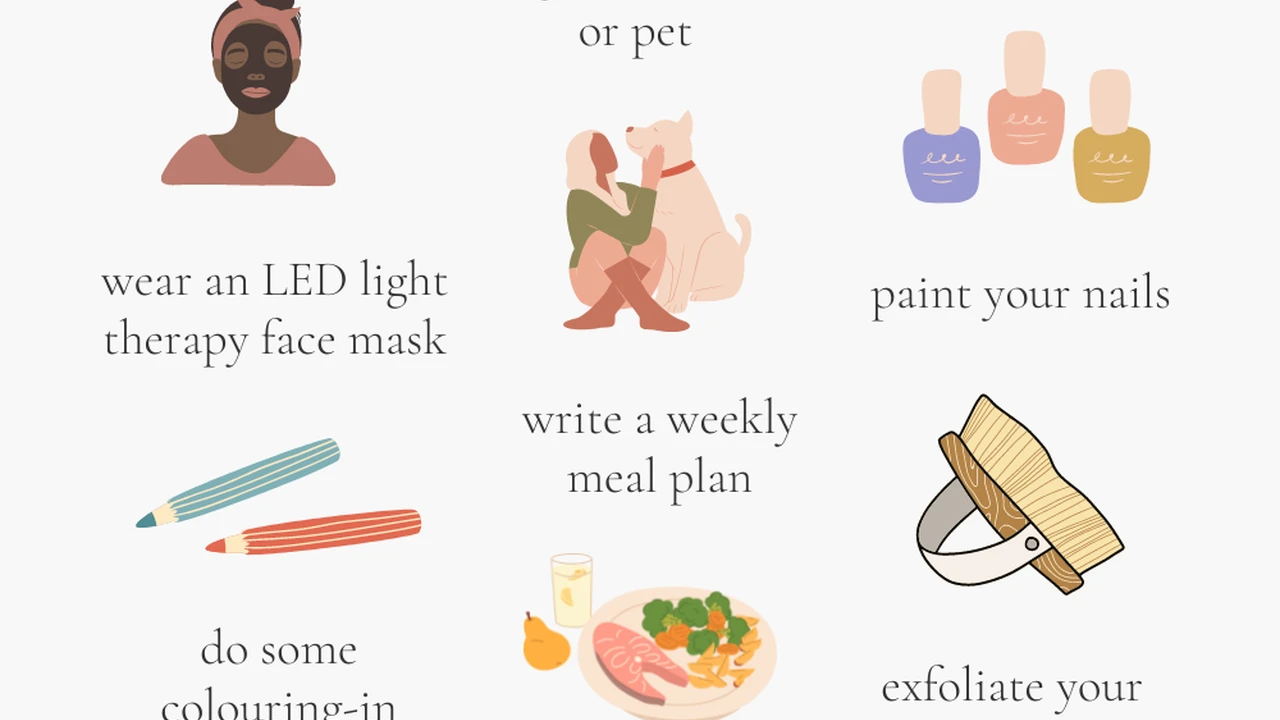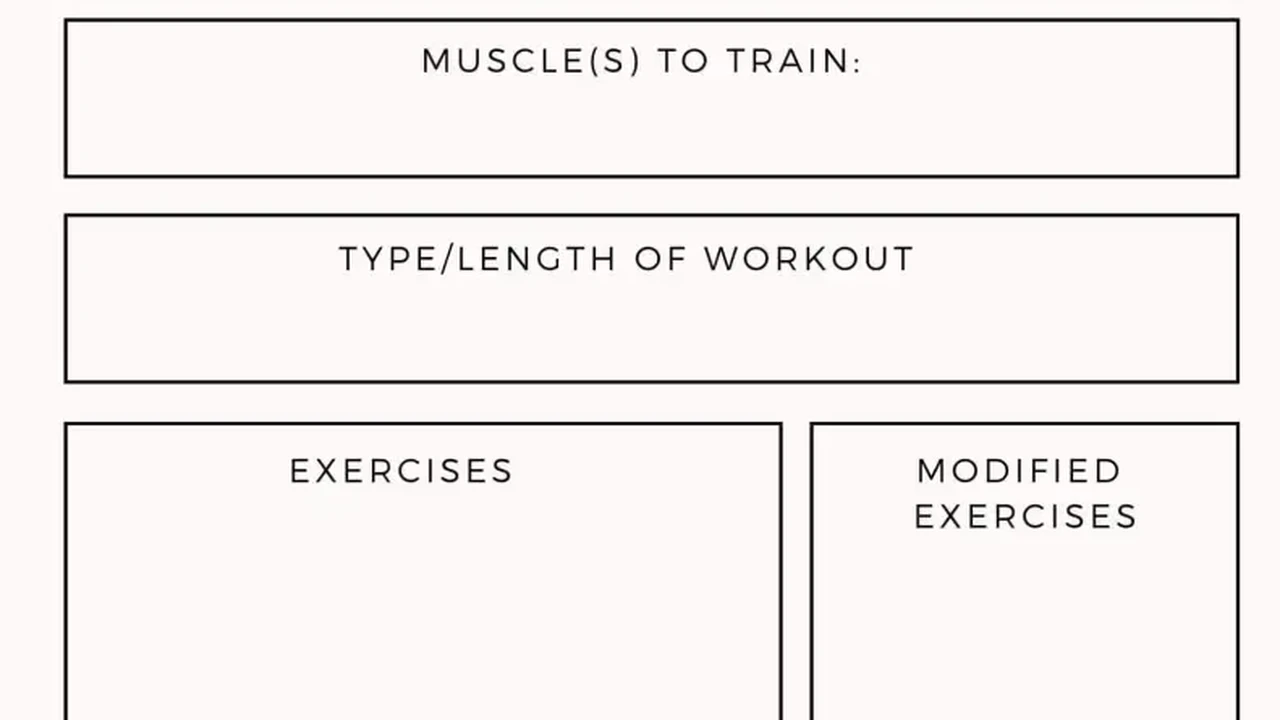5 Essential Health Screenings You Need at Every Age
Discover the importance of preventing common injuries with practical tips for staying safe at home, work, and during exercise. Learn how to minimize risks and protect yourself from unnecessary pain and suffering.

Understanding Common Injuries and Their Impact
Injuries, whether minor scrapes or serious fractures, can significantly impact our lives. They can lead to pain, disability, time off work or school, and even long-term health complications. Preventing injuries is not just about avoiding immediate discomfort; it's about protecting your long-term health and well-being. This guide will provide you with practical tips and strategies to minimize your risk of common injuries in various settings.
Home Safety Tips Injury Prevention at Home
Our homes should be our safe havens, but they can also be sources of unexpected injuries. Falls are a leading cause of injury at home, especially for older adults. Here are some key home safety tips to implement:
- Eliminate Hazards: Remove tripping hazards like loose rugs, clutter, and electrical cords from walkways.
- Install Grab Bars: Install grab bars in bathrooms, especially in showers and near toilets, to provide support and prevent falls.
- Improve Lighting: Ensure adequate lighting throughout your home, especially in hallways, stairways, and bathrooms. Consider using nightlights.
- Use Non-Slip Mats: Place non-slip mats in bathrooms and kitchens to prevent slips on wet surfaces.
- Secure Furniture: Secure tall or unstable furniture to the walls to prevent it from tipping over.
- Store Items Safely: Store heavy items on lower shelves to avoid reaching and straining.
- Smoke and Carbon Monoxide Detectors: Install and regularly test smoke and carbon monoxide detectors.
- Fire Extinguisher: Keep a fire extinguisher readily accessible and know how to use it.
Workplace Safety Injury Prevention in the Workplace
The workplace can present a variety of injury risks, depending on the type of job. Employers have a responsibility to provide a safe working environment, but employees also need to be proactive in protecting themselves. Here are some important workplace safety tips:
- Proper Lifting Techniques: Use proper lifting techniques when lifting heavy objects. Bend your knees, keep your back straight, and lift with your legs.
- Ergonomics: Adjust your workstation to promote good posture and reduce strain. This includes your chair, monitor, keyboard, and mouse.
- Personal Protective Equipment (PPE): Use appropriate PPE, such as safety glasses, gloves, and hearing protection, when required.
- Machine Guarding: Ensure that machinery is properly guarded to prevent accidental contact with moving parts.
- Hazard Communication: Be aware of the hazards associated with the chemicals you work with and follow proper handling procedures.
- Fall Protection: Use fall protection equipment, such as harnesses and lifelines, when working at heights.
- Report Hazards: Report any unsafe conditions or equipment malfunctions to your supervisor immediately.
- Training: Participate in all required safety training programs.
Exercise Safety Preventing Injuries During Physical Activity
Regular exercise is essential for good health, but it's also important to take precautions to prevent injuries. Here are some tips for staying safe during physical activity:
- Warm-Up and Cool-Down: Always warm up before exercising and cool down afterward. This helps prepare your muscles for activity and reduce the risk of strains and sprains.
- Proper Form: Use proper form when exercising. If you're unsure about the correct form, consult a trainer or physical therapist.
- Gradual Progression: Gradually increase the intensity and duration of your workouts. Don't try to do too much too soon.
- Appropriate Footwear: Wear appropriate footwear for the type of activity you're doing.
- Listen to Your Body: Pay attention to your body and stop if you feel pain.
- Hydration: Stay hydrated by drinking plenty of water before, during, and after exercise.
- Rest and Recovery: Allow your body adequate rest and recovery time between workouts.
- Stretching: Incorporate regular stretching into your routine to improve flexibility and range of motion.
Specific Injury Prevention Scenarios and Tips
Let's dive into some specific injury scenarios and how to prevent them:
Preventing Sprains and Strains
Sprains and strains are common injuries that occur when ligaments or muscles are stretched or torn. Prevention strategies include:
- Strengthening Exercises: Strengthen the muscles around your joints to provide support and stability.
- Balance Exercises: Improve your balance to reduce the risk of falls.
- Proper Footwear: Wear shoes that provide good support and stability.
- Warm-Up: Warm up your muscles before engaging in physical activity.
Preventing Fractures
Fractures are breaks in bones, often caused by falls or trauma. Prevention strategies include:
- Fall Prevention: Implement fall prevention measures at home and in the workplace.
- Calcium and Vitamin D: Ensure you're getting enough calcium and vitamin D to maintain strong bones.
- Weight-Bearing Exercise: Engage in weight-bearing exercise to strengthen your bones.
- Bone Density Screening: Get a bone density screening if you're at risk for osteoporosis.
Preventing Back Injuries
Back injuries are a common cause of pain and disability. Prevention strategies include:
- Proper Lifting Techniques: Use proper lifting techniques when lifting heavy objects.
- Good Posture: Maintain good posture when sitting, standing, and walking.
- Strengthening Exercises: Strengthen your core muscles to support your back.
- Stretching: Stretch your back muscles regularly.
- Ergonomics: Adjust your workstation to promote good posture and reduce strain on your back.
Preventing Repetitive Strain Injuries (RSIs)
Repetitive strain injuries occur when repetitive movements cause damage to muscles, tendons, and nerves. Prevention strategies include:
- Ergonomics: Optimize your workstation to reduce strain on your body.
- Take Breaks: Take frequent breaks to stretch and move around.
- Vary Tasks: Vary your tasks to avoid repetitive movements.
- Proper Technique: Use proper technique when performing repetitive tasks.
Recommended Products for Injury Prevention
Here are some specific products that can help you prevent injuries:
Non-Slip Mats
Use Case: Bathrooms, kitchens, entryways. Provides traction on wet or slippery surfaces.
Product Comparison:
- Gorilla Grip Original Durable Non-Slip Oversized Bath Mat: High-quality, durable, and oversized for maximum coverage. Around $20.
- SlipX Solutions Adhesive Safety Bath & Shower Treads: Easy to install, provides good traction, and affordable. Around $10.
- Yimobra Original Bath Tub Shower Mat Non Slip: Comfortable, textured surface, and machine washable. Around $15.
Grab Bars
Use Case: Bathrooms, showers, near toilets. Provides support and stability to prevent falls.
Product Comparison:
- Moen Home Care 12-Inch Grab Bar: Durable, stylish, and easy to install. Around $30.
- Vive Suction Cup Grab Bar: Portable and easy to install without tools. Around $25 (check weight limits).
- KOHLER Choreograph Grab Bar: Stylish and integrated design, but requires professional installation. Around $50.
Ergonomic Keyboard and Mouse
Use Case: Office work, computer use. Reduces strain on wrists and hands.
Product Comparison:
- Logitech Ergo K860 Wireless Split Keyboard: Comfortable split design, wrist rest, and long battery life. Around $130.
- Microsoft Sculpt Ergonomic Keyboard: Contoured design, split keyset, and separate number pad. Around $80.
- Anker Vertical Ergonomic Optical Mouse: Promotes a more natural hand position. Around $20.
- Logitech MX Vertical Advanced Ergonomic Mouse: Advanced tracking, adjustable DPI, and comfortable grip. Around $100.
Safety Glasses
Use Case: Construction, manufacturing, woodworking, gardening. Protects eyes from debris and impacts.
Product Comparison:
- Pyramex I-Force Slim Safety Glasses: Anti-fog lens, comfortable fit, and durable construction. Around $10.
- 3M SecureFit Protective Eyewear: Lightweight, comfortable, and adjustable temples. Around $8.
- DEWALT Concealer Clear Anti-Fog Dual Mold Safety Goggle: Provides full eye protection, especially in dusty environments. Around $15.
Knee Pads
Use Case: Gardening, construction, flooring installation. Protects knees from impact and abrasion.
Product Comparison:
- KP Industries Professional Knee Pads: Heavy-duty, comfortable gel padding, and adjustable straps. Around $30.
- NoCry Professional Knee Pads: Durable, non-slip, and adjustable for a secure fit. Around $25.
- ProJoint Knee Pads: Designed for flooring and tiling, with excellent cushioning and stability. Around $40.
Back Supports/Lifting Belts
Use Case: Warehousing, construction, any job involving heavy lifting. Provides support for the lower back.
Product Comparison:
- Mueller Adjustable Back Support Brace: Lightweight and breathable, provides good lower back support. Around $25.
- Valeo VCL4L Contoured Lifting Belt: Provides firm support for heavy lifting, contoured design for comfort. Around $35.
- LP Support Back Support: Offers adjustable compression and support for various activities. Around $30.
The Importance of Proper Training
No matter how many safety tips you implement or products you purchase, proper training is essential. Make sure you and your employees are properly trained on how to perform tasks safely and how to use equipment correctly. This includes training on proper lifting techniques, hazard communication, and emergency procedures.
Stay Alert and Aware
One of the most important things you can do to prevent injuries is to stay alert and aware of your surroundings. Pay attention to potential hazards and take steps to eliminate or minimize them. Don't be afraid to speak up if you see something that's unsafe.
Conclusion Placeholder
While a real conclusion would wrap things up nicely, the goal here is practical advice. Focus on implementing these tips – they make a real difference in preventing injuries. Remember, a proactive approach to safety is always the best approach. By taking the necessary precautions, you can significantly reduce your risk of injury and live a healthier, more fulfilling life.
:max_bytes(150000):strip_icc()/277019-baked-pork-chops-with-cream-of-mushroom-soup-DDMFS-beauty-4x3-BG-7505-5762b731cf30447d9cbbbbbf387beafa.jpg)






